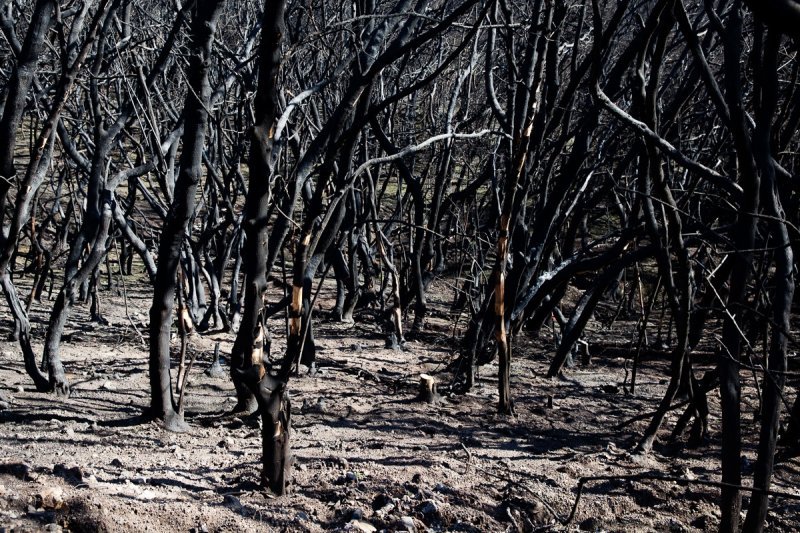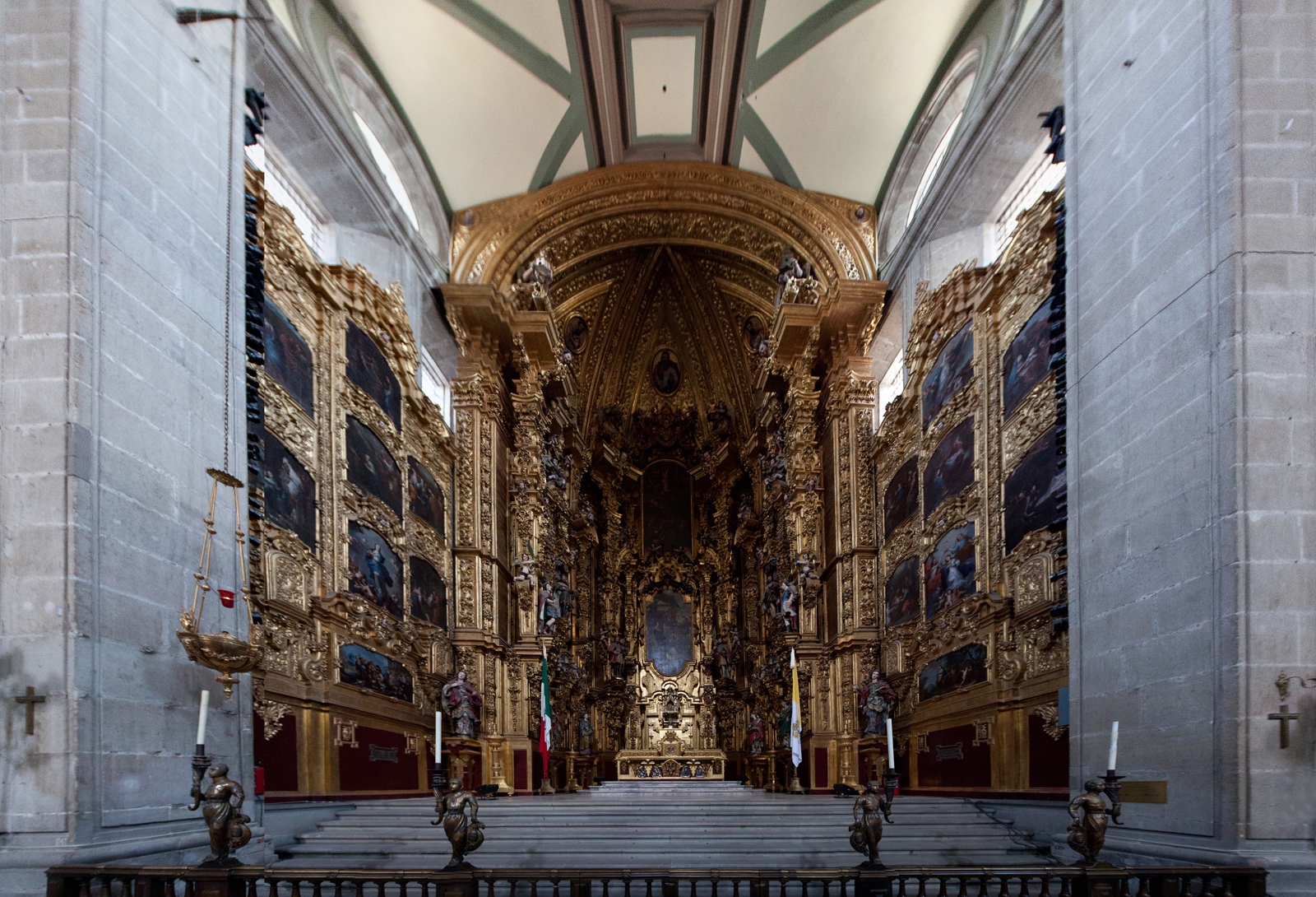What better to do at Christmas when the wind howls through the chimney and the rain lashes against the windows than to look at pictures from our travels to warmer climates. In other words, an opportunity, or should I say another attempt, to finally sort through the 2,500 images from our visit to the Yucatán and Ciudad de México last Christmas.
These three images of Mayan people will be the start in a series of posts covering our travels through México in December 2010. With our travels through the Yucatán we were partly retracing our steps from January 2001, so I will attempt to find some of the old photos to show you the fenominal change this region has gone through in a decade.
I took the image of the Mayan women with a young child at the market on Plaza Major in Mérida, a colonial city founded by the Spanish Conquistador Francisco de Montejo. Over the past decade, Mérida has changed from a characterful, quiet colonial town to an extremely noise, dirty city with the bustle of a multi million population.
The old Mayan women was folding the hand embroidered handkerchiefs that she was selling to the tourists in the shade beside the great ball court at archaeological site at Chichén-Itzá. We brought a massive smile to her face by buying half a dozen of these traditional coloured souvenirs without haggling too much.
One of the most notable scenes in the Yucatán is to see the children play happily on the street wherever you go. I honestly cannot remember the last time I saw boys play football on the the streets in Glasgow, a sad enditement to our changed society dominated by computer games. These bare footed boys and girl with flip flops were playing football on the road leading from the Villas Arqueológicas to the historical site at Cobá.

